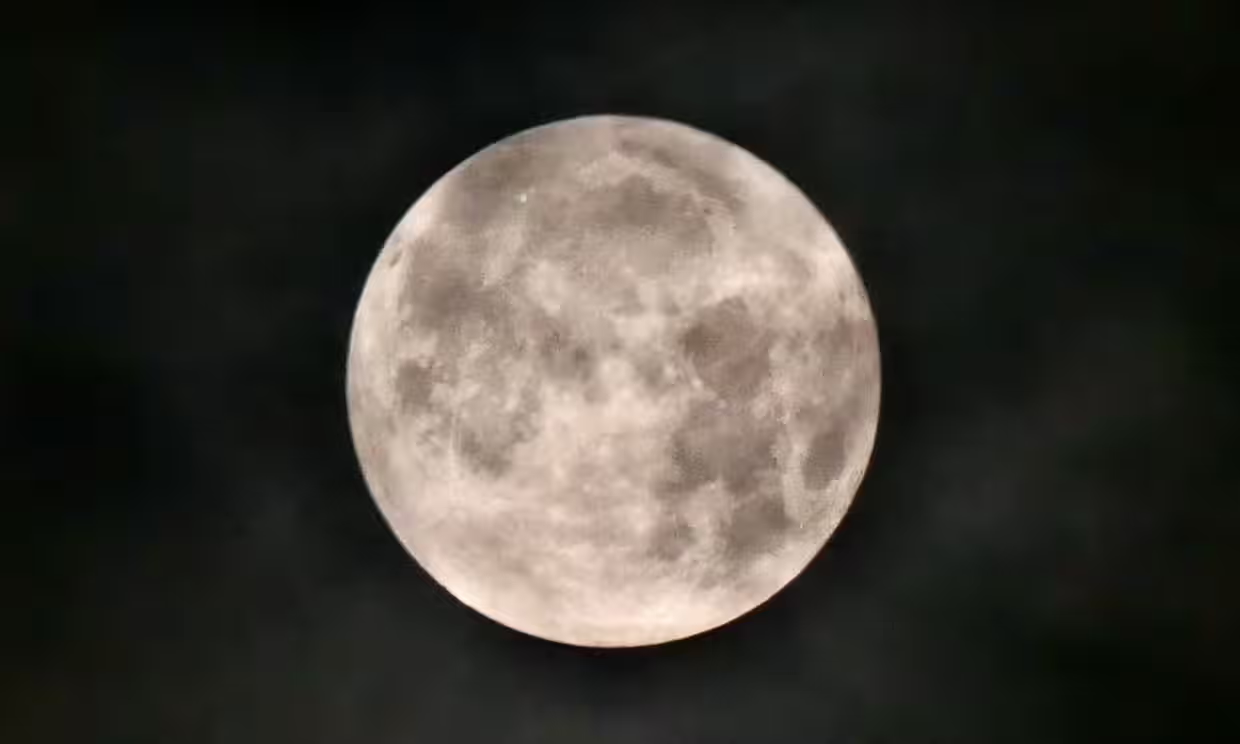The Observer
Philanthropy; carnival; the supermoon


Iwas pleased to hear that the V&A Dundee has finally dropped the Sackler signs from its site. The museum had received a £500,000 donation from the Sackler Trust before its opening in September 2018. Until now, a plaque in the entrance hall bore the name of the family whose company was responsible for making the lethally addictive opioid OxyContin. The company, Purdue Pharma, pleaded guilty in October 2022 to three felonies including conspiring to defraud US officials and misconduct relating to the marketing of the drug.
I have never understood why art and cultural institutions have been so slow and reluctant to act on unlinking themselves from ethically corrupt companies. At one point, it felt as if I couldn’t visit a cultural site without encountering the Sackler Centre for arts education, or the Sackler Courtyard. There was even the Sackler Escalator at Tate Modern until 2022, and the Sackler windows at Westminster Abbey are still in use. American artist and activist Nan Goldin’s 2022 film All the Beauty and the Bloodshed captures her journey with opioid addiction and highlights the “reputation laundering” of the Sacklers through donations to museums and galleries. We art lovers should not rest until our art institutions recognise that all philanthropy is not virtuous. So to the National Theatre, the Roundhouse and the Natural History Museum: all eyes are on you to wash the Sackler name from your walls.\The real carnival spirit
The real carnival spirit
Every year, I think the loathing of carnival can’t get any worse and then people find new ways to detest it. A tweet from Britain First leader Paul Golding called a group of women dressed in their beautiful “mas” costumes “degenerates” for dancing with a disabled man. There’s ignorance, and then there’s a commitment to misinterpret culture.
The usual mass hysteria relating to the crimes and arrests at Notting Hill carnival was in full swing too. Any act of violence is of course unacceptable, but it would be wrong to treat it as a uniquely hazardous festival. The truth is that many just want to see the whole thing abolished. Tory mayoral candidate Susan Hall has suggested that the “dangerous” event be held in a park to reduce crime. This would destroy the spirit of carnival. Leeds carnival, which also happens over August bank holiday, is centralised in Chapeltown’s Potternewton Park, but the troupes and floats still take to the surrounding streets for the procession and parties run into the night on the closed-off main roads.
“The road” is an integral part of all the carnivals I’ve attended across the UK, from Huddersfield to Birmingham. As a person of Caribbean heritage, carnival is more than something fun to do over a bank holiday, it’s the celebration and preservation of Caribbean history, heritage and traditions.
Yes, it’s a beautiful surge of energy and colour for all to enjoy, but its origins are rooted in the late 18th century in Trinidad, when freed enslaved peoples took to the streets in elaborate costumes. To drastically adapt it is to deny us our liberation.
Light side of the moon
I was sad to miss the spectacle of the blue supermoon on Thursday. I caught a glimpse of it from my bedroom window, but I didn’t bask in all of its glory thanks to being occupied with deadlines. But even the pictures I saw were extraordinary. I love how soppy and romantic everyone gets when it comes to the moon – its beauty feels like the only thing we all universally agree on. This particular moon was a rare sight too. It was about 14% bigger and 25% brighter than usual and only 357,344km away.
One of my favourite science fiction short stories, The Distance of the Moon by Italo Calvino, centres on the 19th-century scientific theory that millions of years ago the moon was closer to the Earth. It instantly came to my mind. “Climb up on the Moon? Of course we did. All you had to do was row out to it in a boat and, when you were underneath, prop a ladder against her and scramble up,” writes Calvino.